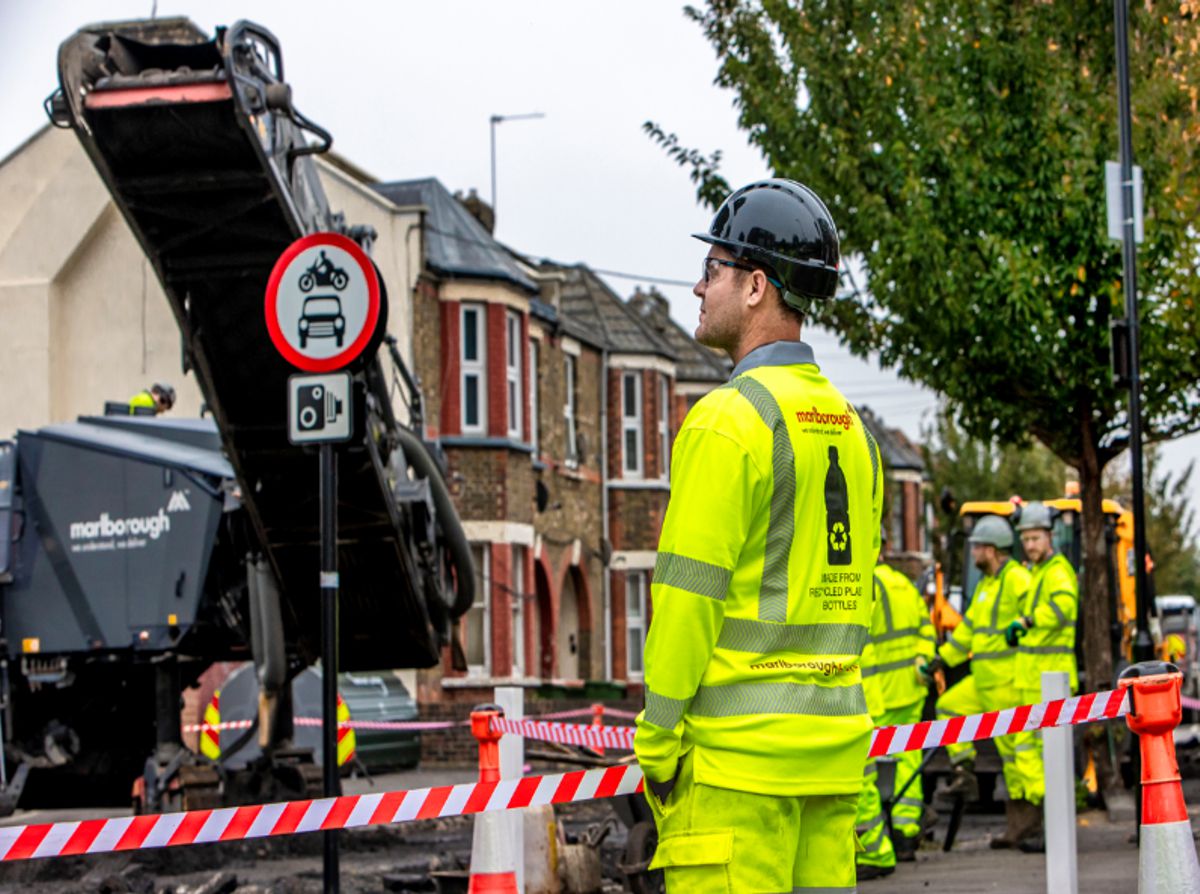Columbia University Engineering modernising the Electrical Power Grid
Columbia University engineering researchers who are affiliated with the Data Science Institute (DSI) have received a $2.06m Performance-based Energy Resource Feedback, Optimization, and Risk Management (PERFORM) grant from the U.S. Department of Energy’s (DOE) Advanced Research Projects Agency-Energy.
The team will develop a risk dashboard that will allow independent system operators (ISOs) of the electrical grid and market participants to measure and mitigate engineering and financial risk.
ISOs currently use dashboards to track conditions of the electrical grid, such as energy loads and the output of renewable and non-renewable energy. None of those dashboards, however, have the capacity to assess and predict risks to the power grid, according to Agostino Capponi, an associate professor of industrial engineering and operations research at Columbia Engineering and DSI member who is co-principal investigator on the grant.
“Our reliance on risk management techniques constitutes a fundamental shift in the practice of power system modelling,” Capponi said. “We are challenging existing practices by bringing operations research methods based on optimization, financial risk analytics, and modern data science techniques into the hard-core engineering domain of power engineering.”
The proposed dashboard will help ISOs make sound decisions quickly, in time scales ranging from several minutes to a few days, so that they can dispatch available energy to the places most in need of it at any given moment. It will also guide ISOs and market participants towards a better understanding of renewable energy risks, and how to adequately allocate resources for reducing them. In doing so, the risk-assessing dashboard will make the U.S. power grid more efficient and reliable, and facilitate penetration of renewables.
“We will develop for the private and public energy sector a risk dashboard that takes raw data as an input and outputs metrics that will account for correlation among assets as well as network constraints and worst case power grid scenarios,” Capponi said. “On the regulatory side, ISOs will use these metrics to design risk mitigation policies to prevent malfunctioning of the grid. Market participants, moreover, will use our metrics to plan their daily grid operation, and make sound decisions on energy storage and hedge against price fluctuations.”
The research team includes Capponi; Garud N. Iyengar, Tang Family Professor of Industrial Engineering and Operations Research at Columbia Engineering and DSI member; Daniel Bienstock, Liu Family Professor of Industrial Engineering and Operations Research and Professor of Applied Physics and Applied Mathematics at Columbia Engineering, and DSI affiliate; Yury Dvorkin, an assistant professor of electrical and computer engineering at New York University; and Michael Cherktkov, a professor of applied mathematics at the University of Arizona.
The Columbia researchers bring a unique set of complementary expertise to the project, including power grids, financial portfolio optimization, and financial risk management.
“We will call upon our respective skills to design and deploy the risk dashboard for power systems,” said Bienstock, who is the principal investigator on the grant. “It’s a great privilege to be able to combine all our skills—operations, industrial engineering, and risk management and data science techniques—to help America operationalize and streamline its power grid.”
DOE previously announced $25M in funding for 10 projects to develop innovative management systems that represent the relative delivery risk of each asset, like wind farms or power plants, and balance the collective risk of all assets across the grid.
“Ensuring the reliability of our nation’s critical energy infrastructure and electric grid is of the utmost importance to America’s energy security and national security,” Under Secretary of Energy Mark W. Menezes said. “Investing in new technologies and systems that minimize risk and bolster the reliability of U.S. energy will allow us to utilize all of our abundant energy resources in a more integrated and secure manner.”
The modern grid relies on conventional, bulk power plants to provide the flexibility to operate power systems reliably. In general, these assets can guarantee available capacity, except in rare events like the sudden loss of power. The existing risk management strategy protects against those rare events, and aligns well with conventional technologies.
There is a need for this strategy to be reassessed due to new technologies and a shift in the power generation mix. That shift includes an increase in intermittent renewable resources, distributed energy resources, and storage technologies. As emerging technologies are deployed, management systems must be able to leverage all capabilities of these new technologies to maintain an economical and reliable grid. PERFORM projects address that need by developing methods to quantify and manage risk at the asset level and at the system level for the grid.















